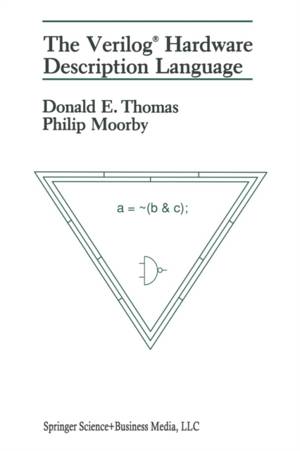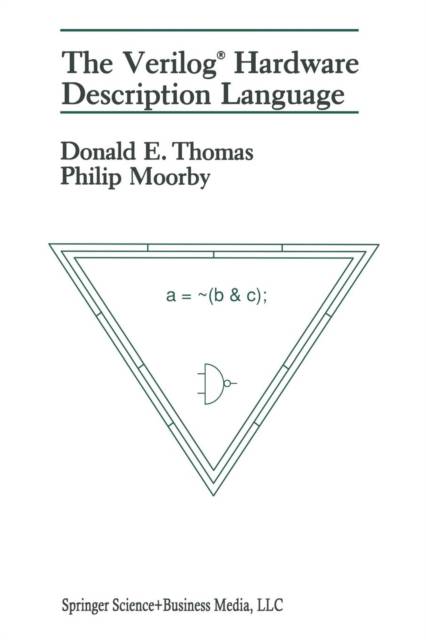
- Afhalen na 1 uur in een winkel met voorraad
- Gratis thuislevering in België vanaf € 30
- Ruim aanbod met 7 miljoen producten
- Afhalen na 1 uur in een winkel met voorraad
- Gratis thuislevering in België vanaf € 30
- Ruim aanbod met 7 miljoen producten
Zoeken
€ 76,95
+ 153 punten
Uitvoering
Omschrijving
The Verilog language is a hardware description language which provides a means of specifying a digital system at a wide range of levels of abstraction. The language supports the early conceptual stages of design with its behavioral level of abstraction, and the later implementation stages with its structural level of abstraction. The language provides hierarchical constructs, allowing the designer to control the complexity of a description. Verilog was originally designed in the winter of 1983/84 as a proprietary verification/simulation product. Since then, several other proprietary analysis tools have been developed around the language, including a fault simulator and a timing analyzer; the language being instrumental in providing consistency across these tools. Now, the language is openly available for any tool to read and write. This book introduces the language. It is sometimes difficult to separate the language from the simulator tool because the dynamic aspects of the language are defined by the way the simulator works. Where possible, we have stayed away from simulator-specific details and concentrated on design specification, but have included enough information to be able to have working executable models. The book takes a tutorial approach to presenting the language.
Specificaties
Betrokkenen
- Auteur(s):
- Uitgeverij:
Inhoud
- Aantal bladzijden:
- 223
- Taal:
- Engels
Eigenschappen
- Productcode (EAN):
- 9781461367840
- Verschijningsdatum:
- 5/11/2012
- Uitvoering:
- Paperback
- Formaat:
- Trade paperback (VS)
- Afmetingen:
- 156 mm x 234 mm
- Gewicht:
- 344 g

Alleen bij Standaard Boekhandel
+ 153 punten op je klantenkaart van Standaard Boekhandel
Beoordelingen
We publiceren alleen reviews die voldoen aan de voorwaarden voor reviews. Bekijk onze voorwaarden voor reviews.








